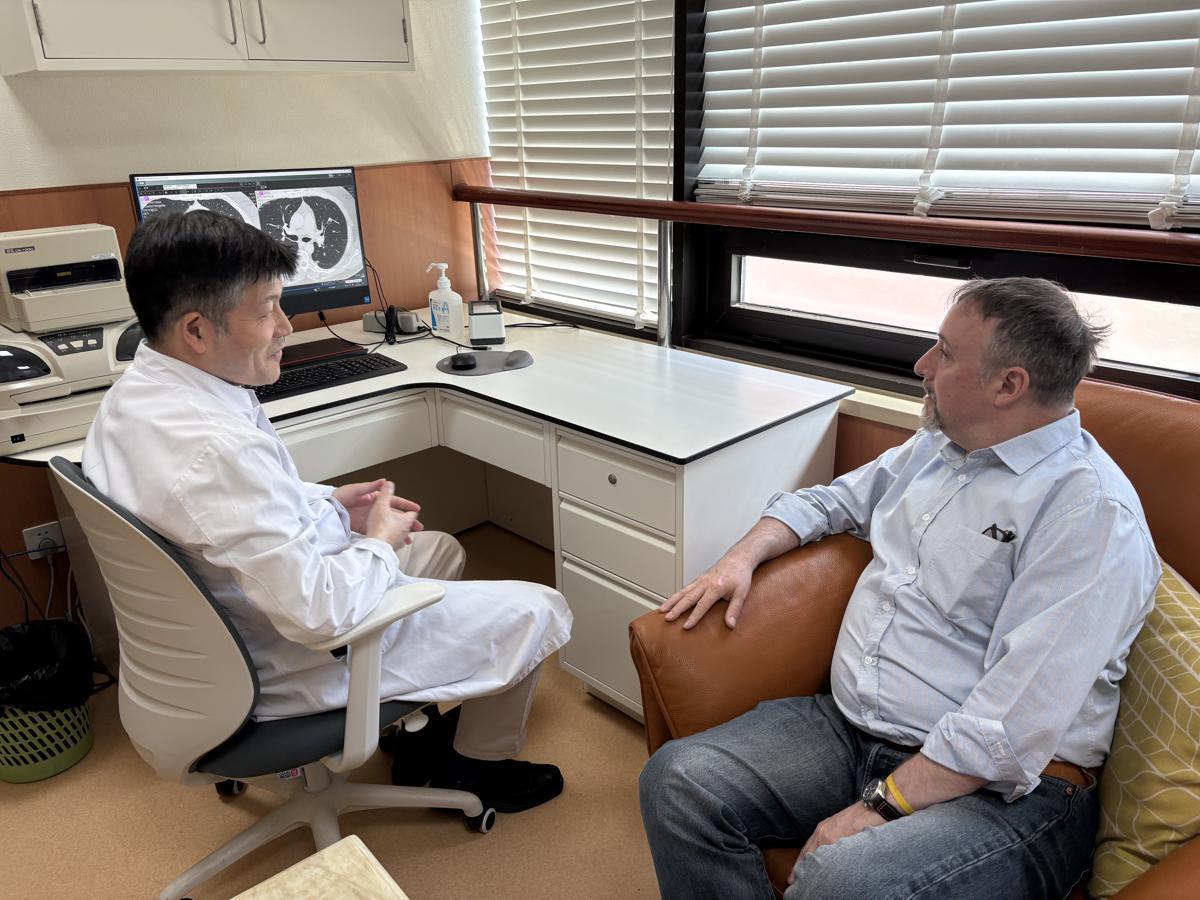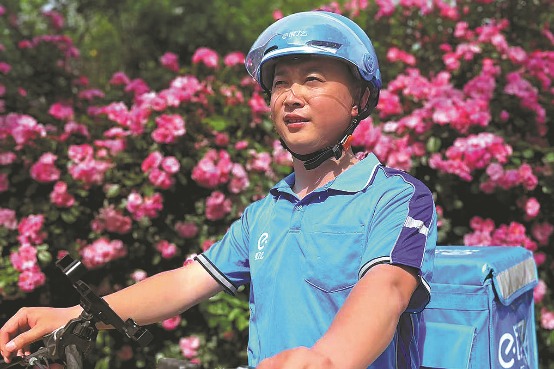'Shanghai Solution' yields remarkable recovery


A British patient who underwent a world-pioneering procedure for multiple lung cancer nodules at Shanghai East Hospital last month has recovered well, doctors said during his first follow-up visit.
Andrew Car, a 57-year-old car body designer, said he felt "great", with his daily activities and diet back to normal. He expressed confidence in his prognosis.
"I resumed work just five days after receiving the ablation treatment," said Car, who has lived in Shanghai for 11 years. "And after all this process, I've become more confident of the outcome, and I feel that it made perfect sense just to stay in Shanghai for the treatment."
Car was treated using the "Shanghai solution", formally known as pleuroscopy-assisted early lung cancer ablation, or PAELCA. The procedure was developed at Shanghai East Hospital and has been promoted nationally since 2004.
Li Qiang, director of the hospital's respiratory and critical care medicine department, said Car had more than 10 nodules in both lungs. On March 21, Li's team ablated six nodules in Car's left lung in a four-hour procedure.
"Today's CT scans showed that all six lesions have been completely ablated, with some previously mushroom-like nodules now transformed into solid necrotic tissue," Li said. A similar procedure for Car's right lung is scheduled in a few months.
Li said Car's recovery underscores the advantages of the minimally invasive procedure, which causes less damage to lung function and quality of life compared to traditional surgery or radiation therapy.
Car's lung nodules were discovered during a routine check-up about six months ago. Given his family history of lung cancer, doctors recommended immediate surgery. But Car said he never considered returning to the United Kingdom for treatment, choosing instead to trust the expertise available in Shanghai.
To tailor the treatment, Li's team modified the traditional ablation approach. Under general anesthesia, a 5-millimeter incision was made between the ribs, and a duallumen endotracheal tube was inserted to immobilize the lung, enabling precise targeting of the nodules. Closed thoracic drainage was also performed before the ablation to manage pneumothorax or bleeding and improve safety.
Car praised the care he received.
"The first time I saw Doctor Li, he instilled in me confidence, and he made an effort to explain the procedure. Moreover, his English is quite good."
PAELCA has also drawn international attention. Li said the procedure was demonstrated to doctors from Southeast Asia and has already been applied in some hospitals there.
Last year, the technique was presented at a global industry conference in Indonesia, generating interest among local professionals. Earlier this year, a livestreaming platform in Singapore was launched, allowing doctors across Southeast Asia to watch the procedure in real time.
Li said he hopes to see the technique adopted in more countries in the future.
- Chinese researchers develop band-aid for organs, facilitating drug delivery
- Mainland official extends condolences over passing of veteran Taiwan pro-reunification advocate Hsu Li-nung
- Oyster fossils unveil ancient seasonal climate secrets
- Farm waste turned into biofuel produces healthy profit
- 'Shanghai Solution' yields remarkable recovery
- Shandong facility gets the most out of old NEV batteries





































